Developer: Konami Publisher: Konami Released: 1992 Genre: Action
The start of a new console generation affords publishers the opportunity to test the waters. With so few titles on store shelves gamers are more willing to take a chance on something new. You saw this with Parappa the Rapper on PlayStation and a large portion of the early NES library. Legend of the Mystical Ninja was certainly one of the strangest Super Nintendo titles in 1992. It’s not often that a publisher would release something so….Japanese in the US. But western gamers reaped the reward as Legend of the Mystical Ninja is fantastic.
While it was the first to come to the US the series has a long history dating back to the early arcade. Although it started there on the Famicom there were actually four titles in the series. For its Super NES debut the series would double down on what made it great while adding a metric ton of activities to keep you occupied. While Konami have slightly altered the story Legend of the Mystical Ninja remains absolutely Japanese at heart and is all the better for it.
This is a game of two halves. In nearly every chapter there is the town phase. Similar to the Famicom games you have free reign to speak to villagers, play games and explore. There are enemies about but they are not very aggressive. You will want to smack around enemies as they drop gold and other items. For every eight enemies killed a cat is dropped that will upgrade your weapon twice. God that is weird. Gold is soley to play games and also purchase items in shops. These come in many varieties such as food, sandals for speed, and armor to reduce damage. You can also use it as a projectile which is very effective. Outside of two late game instances gold is not necessary but so much fun to make.
Part of what makes Legend of the Mystical Ninja so fun is the huge swath of side activities to engage in. They cover a broad spectrum from gambling, fortune telling to even exploring a first person maze for treasure. You can even take on a job for money such as playing whack a mole or painting a canvas. The entirety of stage three is devoted solely to these games and goes a step further. You can play various minigames at the game center, including air hockey, breakout, and even participate in a game show. The most insane is a perfect recreation of the first level of Gradius. The game is very generous with time, allowing you to dick around with plenty to spare.
For those that do not want to monkey around you can go straight to the action portion of each chapter. Here the game becomes a straight up platformer with all that entails. While it may appear silly Mystical Ninja is a very tight platformer with excellent level design and a brisk pace. The game uses its Japanese setting to great effect as you’ll explore haunted graveyards, temples and for some reason even a fire level. Despite the ancient Japanese setting you’ll find plenty of modern mechanical contraptions. They are a bit out of place yet somehow still make sense. The game is endlessly inventive and downright weird at times yet still as fantastic as some of the best platformers on the system.
The game has a near perfect difficulty curve and grows naturally. The first few zones are pretty standard platforming fare; well-paced and easy. Life restoring items and weapons are perfectly placed to ease you into it. Soon enough each new level will ask more of you. As the stages and their traps become more elaborate it will invoke many a classic. While the weapon and extra armor degradation make it harder than necessary the slow ramp up in challenge still feels organic. Even the boss battles, while challenging, are not frustrating. Konami did an excellent job of balancing the game, even if the incredibly long passwords are annoying.
The production values of the game are spectacular. The viewpoint doesn’t necessarily allow for sweeping vistas or special effects. But what the game has going for it is superb art direction. Despite a few name changes the game is distinctly Japanese and I love it. Konami drew on all aspects of Japanese lore, from youkai to stage plays to give each of the game’s nine chapters (called warlock zones) a unique look and feel. And unlike the majority of early SNES titles the use of Mode 7 is very restrained. The soundtrack is similarly fantastic, full of sampled instruments not quite seen before in video games and at this quality. It was rare to see a game this steeped in the culture released worldwide which made it all the more special.
In Closing
Legend of the Mystical Ninja is a great game and has held up beautifully. It is an absolute crime that it’s many Super Famicom sequels were never localized as they are even better. Unabashedly Japanese and full of content it remains one of the SNES’ best games.


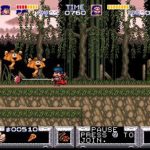
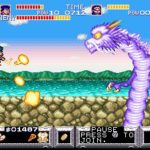
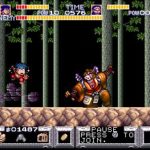
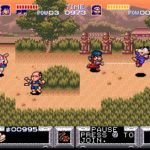
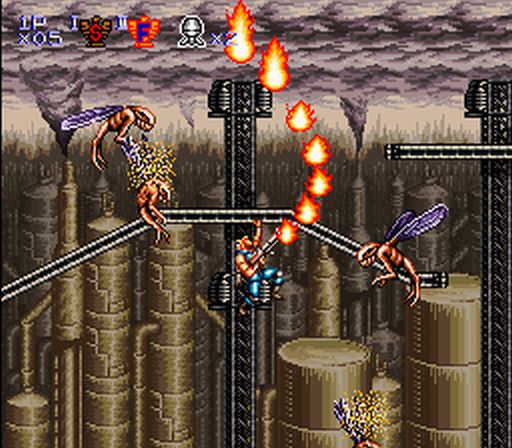

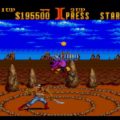

5 thoughts on “Legend of the Mystical Ninja”